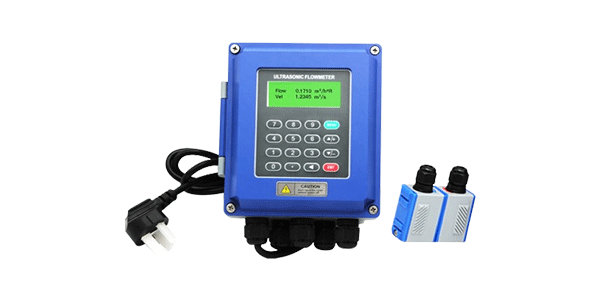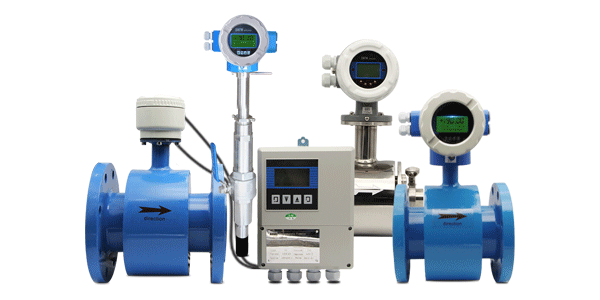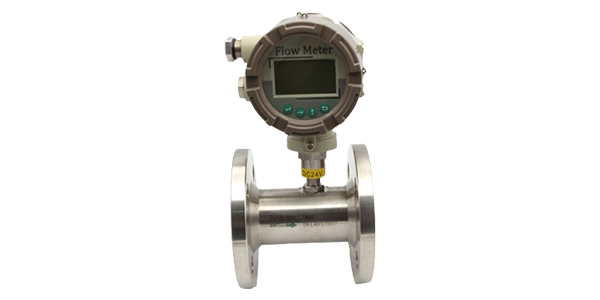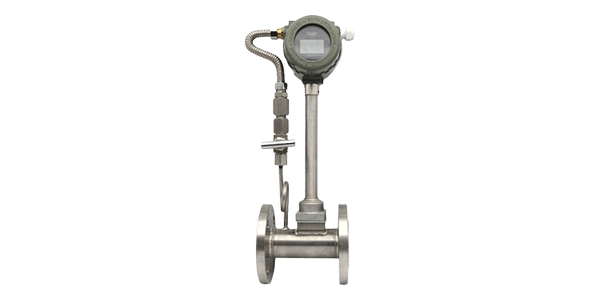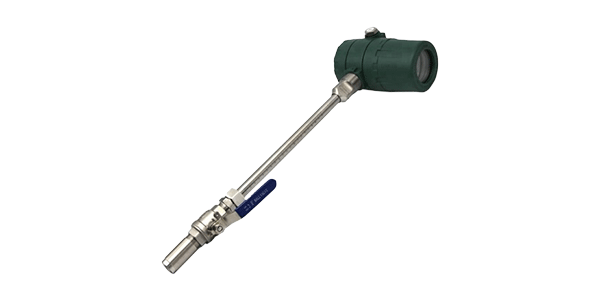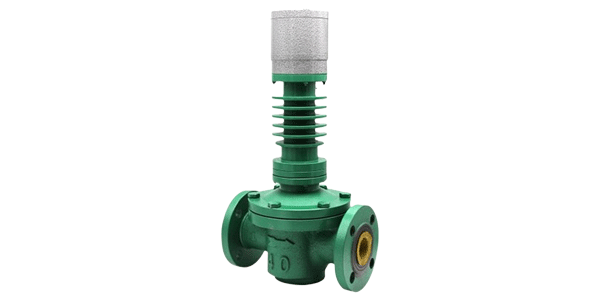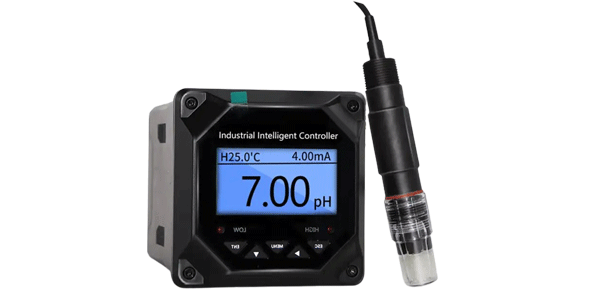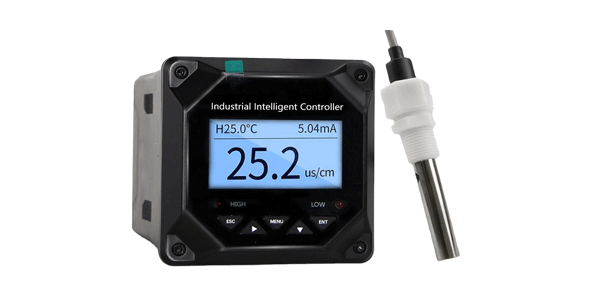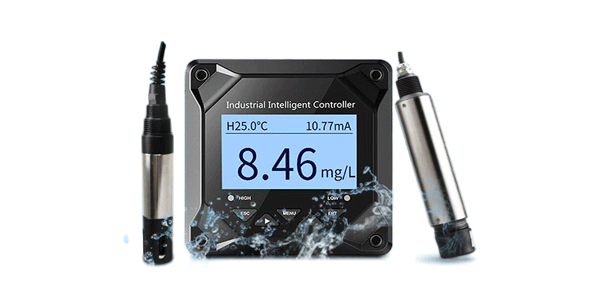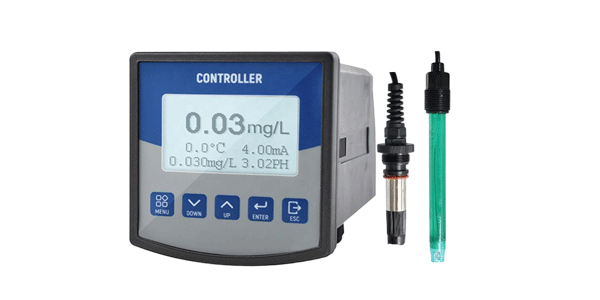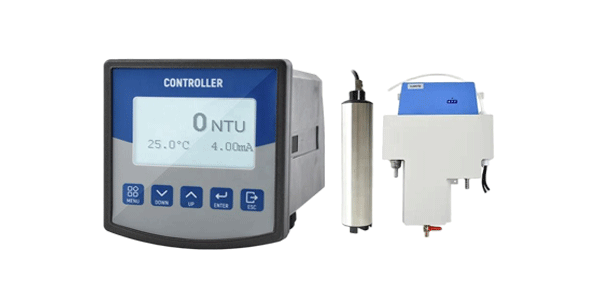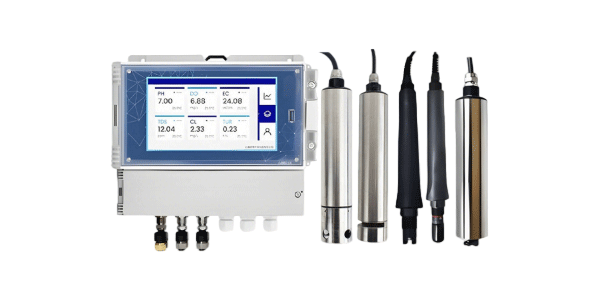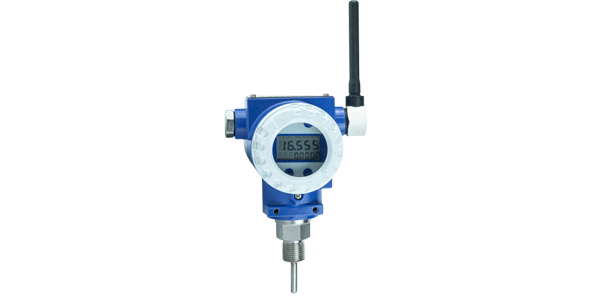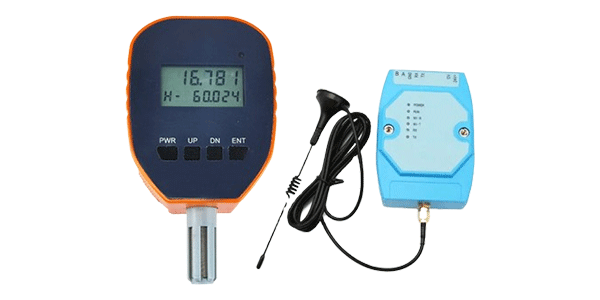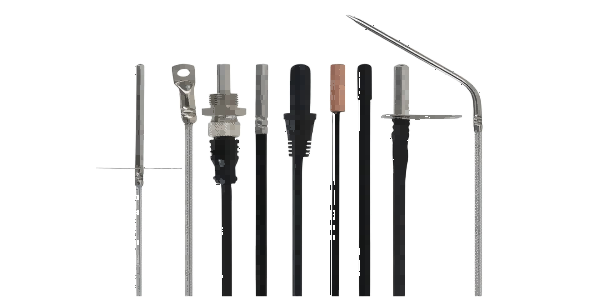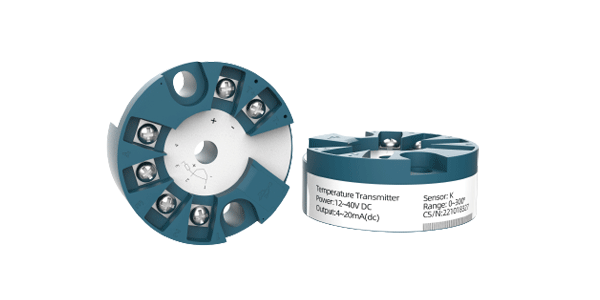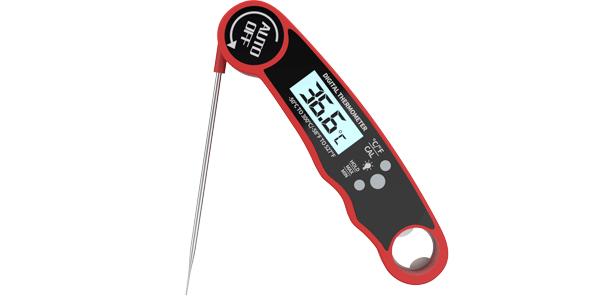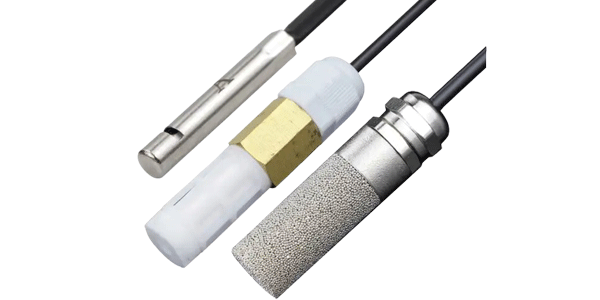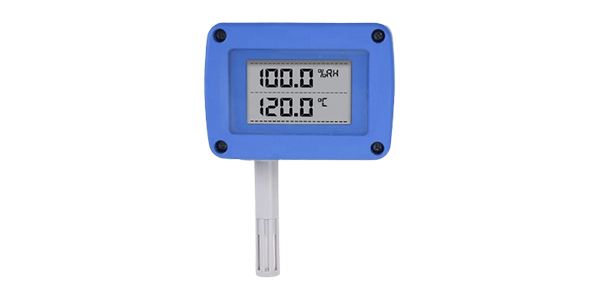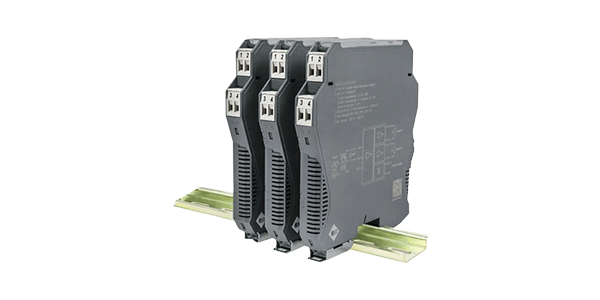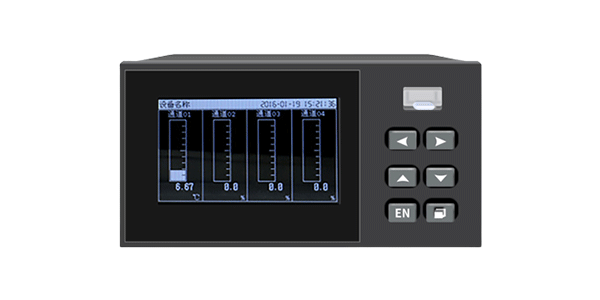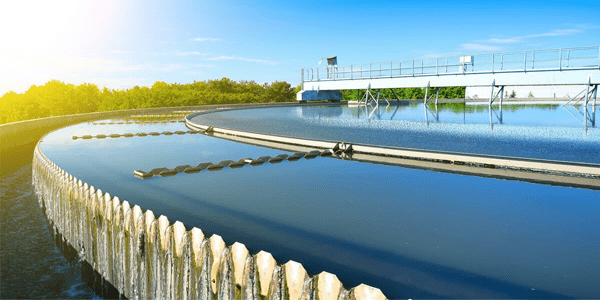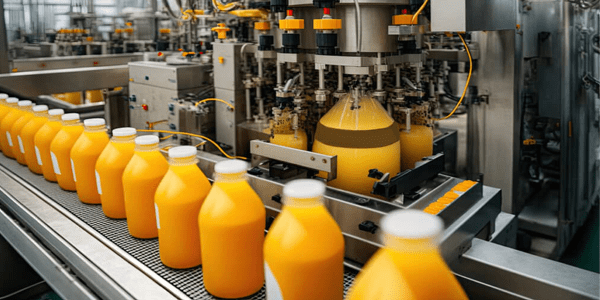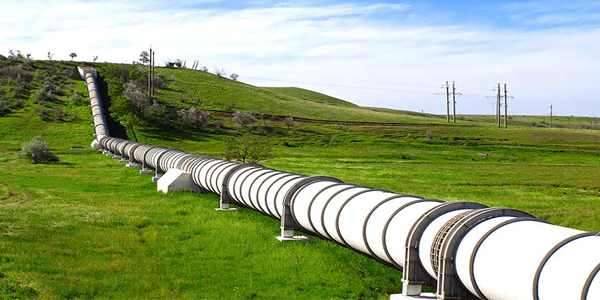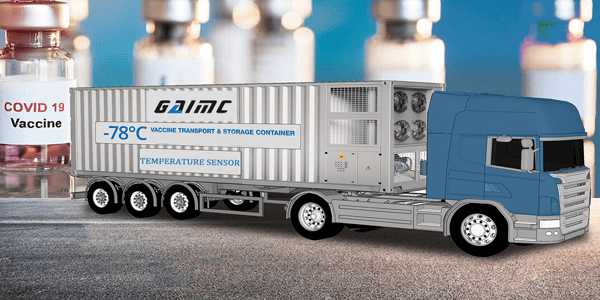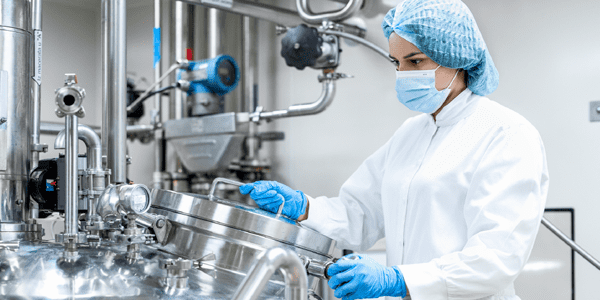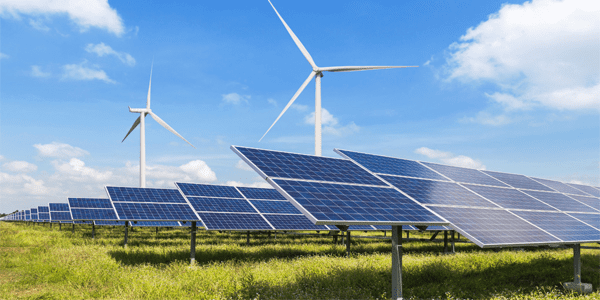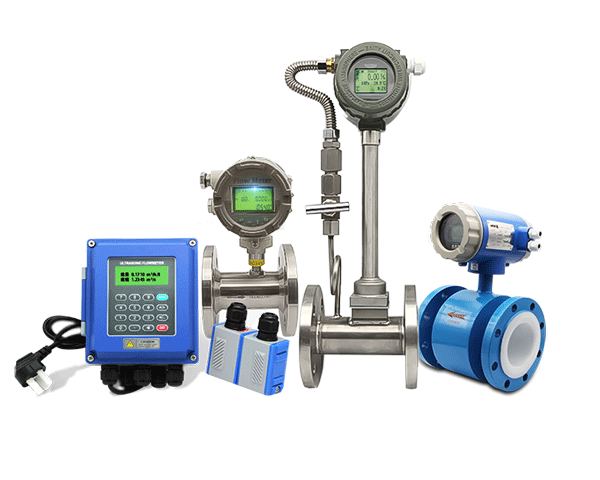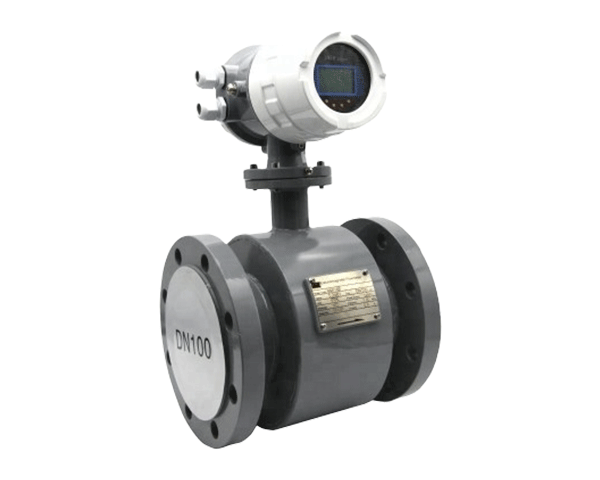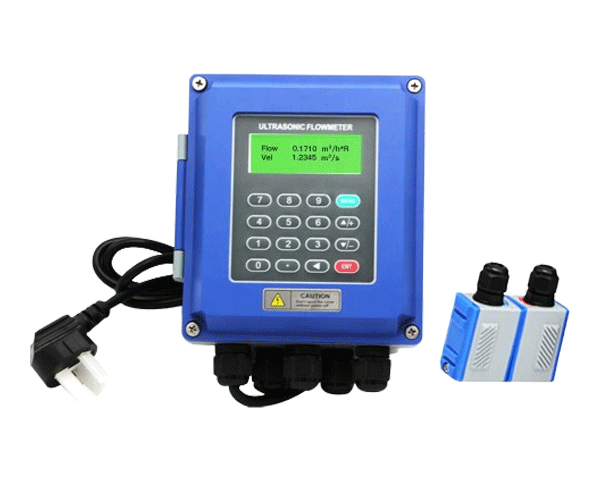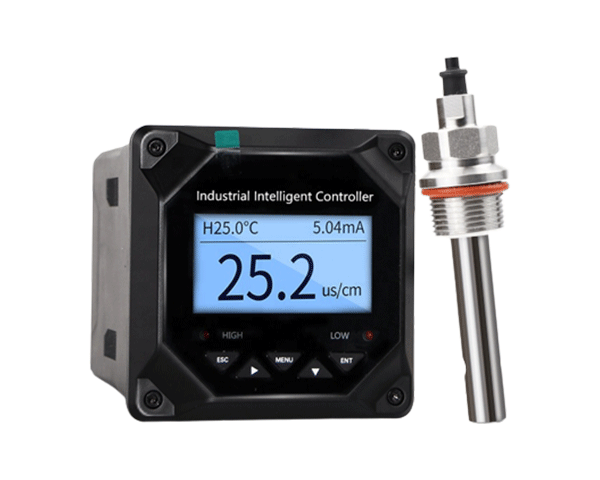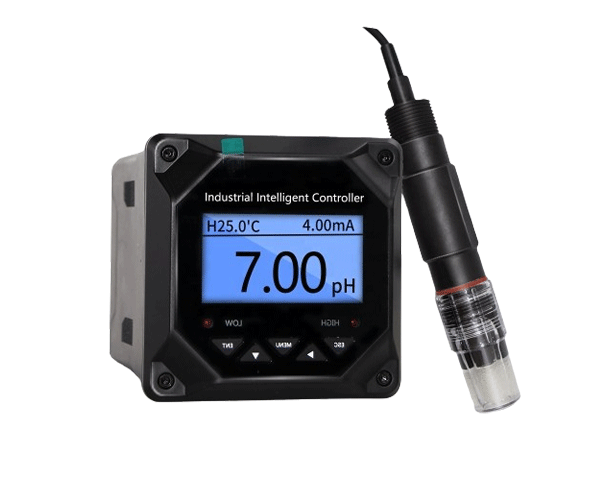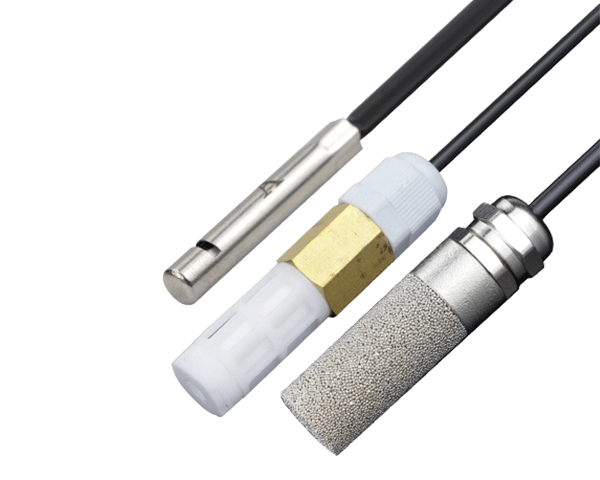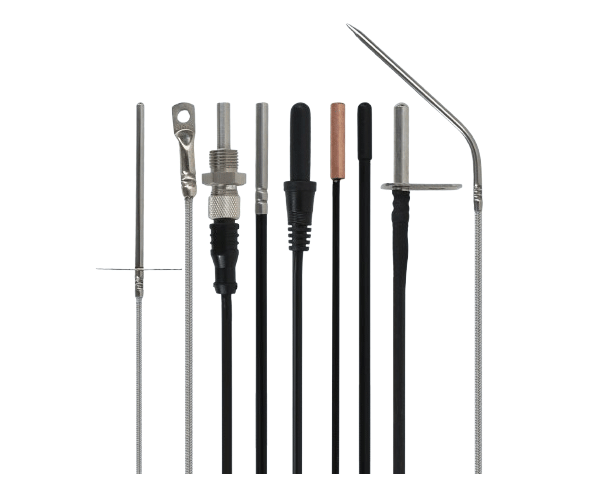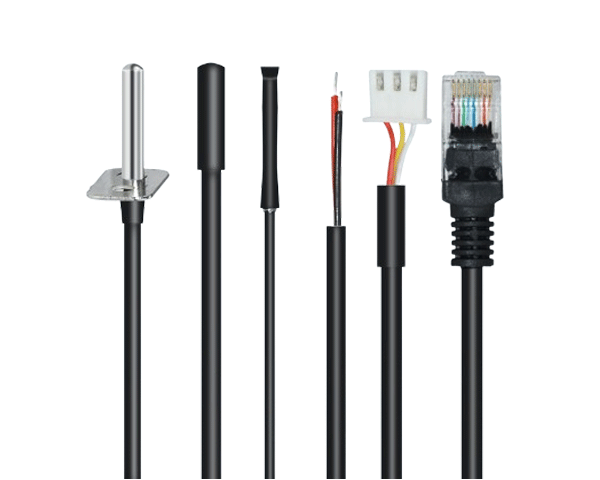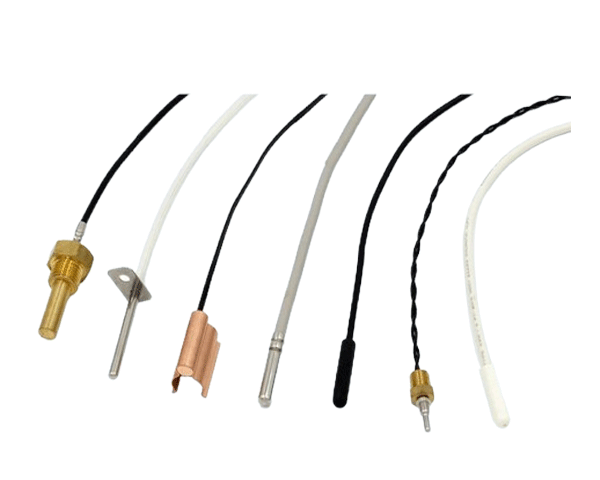Are you struggling to understand how flow rate and pressure impact your industrial water systems? In this comprehensive guide, you'll discover the fundamental relationship between these critical parameters, learn how to optimize them for different applications, and gain practical insights that can enhance your operational efficiency and reduce costs in your water management systems.
Understanding Flow Rate and Pressure in Industrial Water Systems
When designing or maintaining industrial water systems, understanding the dynamics between flow rate and pressure is crucial for optimal performance. Unlike basic explanations, we'll dive deeper into how these factors interact in complex industrial environments.
What Exactly is Flow Rate?
Flow rate refers to the volume of fluid passing through a specific point in your system per unit of time. In industrial contexts, this isn't just about quantity—it's about consistent delivery that meets process requirements. Key measurement units include:
- Gallons per minute (GPM)
- Liters per second (L/s)
- Cubic meters per hour (m³/h)
The True Nature of Pressure in Water Systems
Pressure represents the force exerted by water against system components. Industrial applications require careful pressure management to avoid system damage while maintaining adequate flow. Critical pressure types include:
- Static pressure: System pressure when no water is flowing
- Dynamic pressure: Pressure during operation
- Pressure drop: Decrease in pressure between two system points
The Critical Relationship: Beyond Basic Principles
The connection between flow rate and pressure is more nuanced than simple direct or inverse relationships. In real-world industrial applications, multiple factors influence this dynamic simultaneously.
Bernoulli's Principle in Practical Applications
While Bernoulli's principle establishes the fundamental relationship, industrial systems introduce complexities like:
- Pipe material and aging effects on friction
- Temperature variations impacting viscosity
- System elevation changes affecting static pressure
- Multiple branching points creating complex flow paths
Real-World System Curves vs. Pump Curves
Understanding how system curves intersect with pump performance curves is essential for proper component selection and energy optimization in industrial settings.
Industrial Applications and Optimization Strategies
Water Treatment Plant Operations
Maintaining precise flow rates and pressures is critical for filtration efficiency, chemical dosing accuracy, and backwash cycle effectiveness. Our GAIMC pressure management systems help treatment plants maintain optimal parameters while reducing energy consumption by up to 25%.
Manufacturing Process Water Systems
From cooling towers to production line requirements, consistent pressure ensures reliable operation. Variable frequency drives in our pumping solutions automatically adjust to demand fluctuations, preventing pressure surges that damage equipment.
Commercial Building Water Distribution
High-rise buildings present unique challenges with static pressure variations. Our pressure zoning solutions maintain consistent flow rates across all floors while minimizing pump energy usage.
Advanced Monitoring and Control Solutions
Modern industrial water systems require sophisticated monitoring beyond basic pressure gauges. GAIMC's integrated sensor networks provide:
- Real-time flow and pressure analytics
- Predictive maintenance alerts
- Automated adjustment capabilities
- Historical performance tracking
- Remote monitoring and control
Reference Sources
This article incorporates technical information from:
- American Water Works Association (AWWA) standards for water system design
- Hydraulic Institute standards for pump system optimization
- International Society of Automation (ISA) guidelines for process control
- GAIMC proprietary research on industrial water system efficiency
Frequently Asked Questions
How does water viscosity affect the flow rate-pressure relationship in industrial systems?
Water viscosity changes with temperature, directly impacting the flow rate-pressure relationship. Higher temperatures decrease viscosity, potentially increasing flow rates at the same pressure, while lower temperatures have the opposite effect. Our monitoring systems automatically compensate for these variations.
What's the most common mistake in industrial pump selection related to flow and pressure?
Most facilities oversize pumps, creating excessive pressure that wastes energy and causes premature wear. Proper system curve analysis and selecting pumps that match your actual operating points can reduce energy costs by 20-30%.
How can I detect flow restrictions before they cause operational issues?
Monitoring pressure differentials across filters, heat exchangers, and long pipe runs provides early warning of developing restrictions. Our advanced sensor systems track these differentials and alert operators before flow rates are significantly impacted.
What role does pipe diameter play in balancing flow rate and pressure?
Pipe diameter significantly affects flow velocity and pressure drop. Larger diameters reduce velocity and pressure drop for the same flow rate, while smaller diameters increase both. Our system design services optimize pipe sizing for your specific application requirements.
GAIMC Industrial Water Solutions
Our specialized products address the complex interplay between flow rate and pressure in various industrial applications:
Precision Flow Meter Series
Our advanced flow measurement solutions deliver accurate, reliable data for optimal process control. From ultrasonic to electromagnetic flow meters, GAIMC provides industry-proven technology that maintains precision even in challenging industrial environments, helping you monitor consumption, detect leaks, and optimize system performance.
Comprehensive Water Quality Series
Ensure regulatory compliance and process efficiency with our integrated water quality monitoring systems. GAIMC's multi-parameter analyzers continuously track critical indicators including pH, conductivity, turbidity, and chemical concentrations, providing real-time insights for immediate corrective actions and long-term trend analysis.
Advanced Temperature Monitoring Series
Maintain precise temperature control throughout your water systems with our robust thermal management solutions. GAIMC's temperature sensors and transmitters are engineered for industrial durability, offering accurate measurements in heat exchange processes, cooling systems, and treatment applications where temperature stability is critical to operational success.
Get Your Customized Water System Solution
Struggling with flow rate and pressure challenges in your facility? Our engineering team provides customized solutions that optimize both parameters for your specific application.
Request Free System AssessmentAll industrial assessments include detailed flow rate analysis, pressure mapping, and efficiency improvement recommendations.


